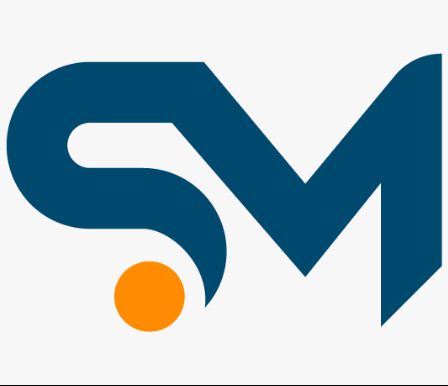Self-assessment of the board is a crucial leadership habit that high-performing boards employ to ensure long-term governance. It requires the board to step back from the day-today routine and reflect on its effectiveness. This allows the board to proactively tackle areas that could become major sources of frustration and tension.
There are many ways to conduct a self-assessment of your board from surveys and interviews to discussion groups that are facilitated. The best method to use is dependent on the size of the board, available resources and how deep you want to take into the assessment.
Once you have decided on the method you want to use, make sure you are clear about what you hope to accomplish through the assessment. Do you want to enhance accountability or improve governance? Or align the governance of your organization with its goals? Once you have determined this, you can pick an evaluation tool.
Some tools allow you to evaluate your results against other health systems and hospitals while others concentrate solely on the governance practices of your company. It’s important to make sure that the tools you select are unbiased and don’t discriminate against directors. This creates an environment where honest feedback is possible to be given.
Many boards use a peer-review procedure, which requires directors to rate each other. This can be an effective and productive exercise, but it’s essential that the process remains confidential. It can be difficult for some directors to criticize another director if they fear it will be retaliated against them. In this case it is typically better to let the facilitator review the responses to determine what insights are relevant to share click Corporate Communications Policy over here now with the board.


